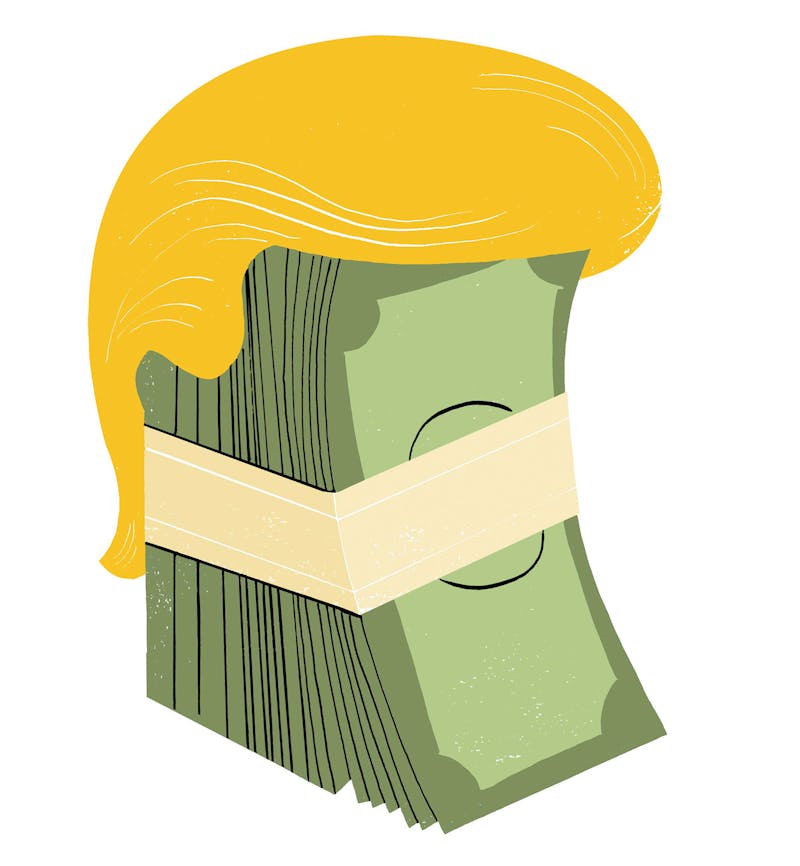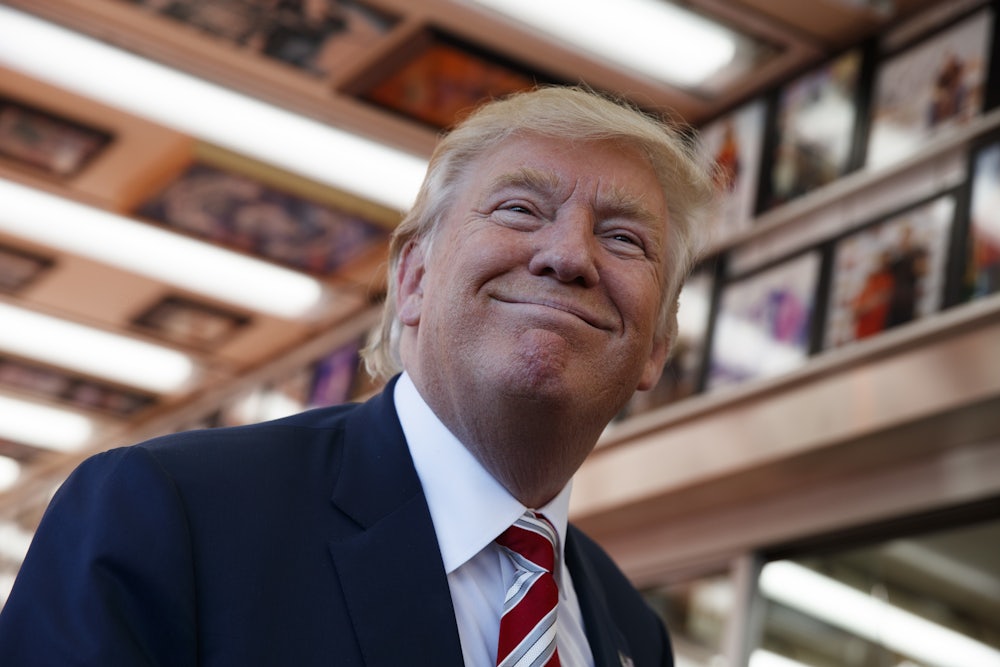When I was a teenager, I learned the jewelry business from the most gifted swindler I would ever know. This was in Dallas-Fort Worth in 1983, when Texas was drunk on the high price of oil. Precious metals had been booming; the Hunt Brothers were trying to corner the silver market; and I—16 years old and freshly expelled from high school—was working the buy counter at a jewelry store, the Fort Worth Gold & Silver Exchange. We had lines around the corner when we opened the doors in the morning. People took a number, just like at a deli, to wait for a salesperson. My old boss, Ronnie Cooper—who eventually did five years in federal prison for mail fraud—ran full-page ads in Texas Monthly announcing FINE JEWELRY ROUTINELY 50–80% BELOW RETAIL! “Anything to pack the store,” he told me. His idea was to create a feeding frenzy, to use the crowd to convince each new customer that he or she shouldn’t wait to buy or what they wanted would be gone.
In the literature on fraud, this is called “social proof,” a crucial aspect of lowering the mark’s skepticism about “buying in” to a con. The second setup is what’s known as the “representativeness” heuristic: If a store looks like a place where the best people shop, buyers will assume it is trustworthy. Ronnie’s store had walnut-paneled walls and a Baccarat chandelier. When you walked through the brass and lead-paned front doors, the first thing you saw was a Louis XV table next to an enormous chair made of bull horns. When Ronnie came down from his upstairs office in his three-piece suit and Hermès tie, he bestowed prosperity upon us all.
Donald Trump has fashioned his worldview by the representativeness heuristic. The same year I began working the jewelry counter, Trump opened Trump Tower on Fifth Avenue between 56th and 57th streets. The skyscraper was widely expected to be not unlike its owner, pompous and shoddy. There had been squabbles about the height of the building—Trump advertised it as ten stories taller than it was, due to a lavish public atrium on the ground floor. “It has not been difficult to presume that the Trump Tower would be silly, pretentious, and not a little vulgar,” wrote Paul Goldberger, the architecture critic for The New York Times. “After all, what New York building has been surrounded by so much hoopla?”
But upon its unveiling, even Goldberger was impressed: “What is truly remarkable about this six-story atrium is the Breccia Perniche marble that covers its walls and floors, a rich, lush Italian marble with an absolutely exquisite color that is best described as a mixture of rose and peach and orange. It is not like any stone that has been used in such quantity anywhere else in New York, and it gives off a glow of happy, if self-satisfied, affluence.”
Trump replicated the con on the campaign trail. Anyone who walked into a Trump rally—and likely every public event he will hold as president—was confronted with a fold-out table covered in Trump steaks, bottles of Trump vodka, cases of Trump wine, and still-wrapped Trump water, a cornucopia of meat and booze worthy of a Dutch still life. Yes, it’s all unbelievably tacky—but it’s also somehow both irresistible and convincing. There is at the heart of every gaudy surface an isolated shimmer of something beautiful: the glint of a diamond, the clink of a wineglass, the hue of a marble surface. This is a part of the draw of a fraud, the self-satisfied affluence that holds up amid so much hoopla.

There are few fraudsters who aren’t worthy of American admiration in some sense of the word, Edward J. Balleisen reminds us in his new book, Fraud: An American History from Barnum to Madoff. Career grifters like P.T. Barnum, Charles Ponzi, and Bernie Madoff are heroes so long as they are in the game; we only turn on them when they become goats. After all, the American Revolution was won by cleverness, with a dependence on spycraft, smuggling, and guerrilla warfare. The least extraordinary thing about the early republic was its ambivalence toward fraud, and the most extraordinary thing about our current, late republic is that this ambivalence still widely holds. “Corruption, embezzlement, fraud. These are all characteristics which exist everywhere,” said Alan Greenspan in 2007 on the radio program Democracy Now! “What successful economies do is keep it to a minimum.”
Despite nearly a century of government regulation, we are still living in a world in which caveat emptor remains the rule of law, one that takes a certain pride in its American past. The lesson of Balleisen’s study is that when we trust businesspeople to be honest, and when we trust the market to regulate itself, the market, and the businessperson, will take advantage of our trust. Depending on whom you ask, this trust is either the cornerstone of American innovation or the crumbling foundation of a Constitution that does little to protect its citizens from economic inequality.
On January 11, the press attempted to ask the president-elect of the United States what he thought of his own new advantage—a role that features, by constitutional design or default, a “no-conflict situation” for the commander-in-chief to engage in business interests with unprecedented insider trading. “It’s a nice thing to have,” Trump reminded the press, the public, and himself during the chaotic press conference. Trump, and most of America, had discovered this loophole only a few months before, a flaw in a system that was supposed to elevate a person with a certain level of human shame to serve a public that holds that shame accountable. Trump then kindly reminded the press that Vice President Pence might also enjoy this luxury, even though “I don’t think he’ll need it,” a sly dig at the underwhelming business holdings of the former governor of Indiana, a longtime public official and salary man with a net worth of under $1 million. But why wouldn’t he use it? In the Trump administration, as in the nearly 300-year history of our country, it would be un-American to not even try.
The most dangerous thing about Trump’s rise to the presidency is that the extraordinary web of lies he weaves will continue to be seen as its own kind of American success, impressive for those who can no longer distinguish the forest from the trees, the foyer from the marble. President Trump will be encouraged by a population that voted for him, often against their best interests, because economic mobility has always been a hustle—to leapfrog over seemingly impossible social obstacles requires a certain amount of luck, cleverness, and a cavalier willingness to lie. As inequality widens, so does admiration for the swindler, while playing the system has become synonymous with achieving the American dream.
